Year 2737 BC.
The Chinese Emperor, Shen Nung, was the promoter of Chinese agriculture in general and tea in particular. Tea at this time was taken as a medicinal drink and its origin lies in the old valley of Assam, between China and India, on the banks of the River Brahmaputra.
Year 375 AD.
Tea is the most popular drink in China. The three main stages of development are:
- boiled tea
- crushed tea
- tea in infusion
Each stage corresponds to different ""schools"" of thought, corresponding to the Tang, Song and Ming dynasties.
Year 660 AD.
The Tibetan style of having tea. At this time in Tibet tea was prepared in a special way. The tea tablets were crushed in a mortar and then boiled.
Year 729 AD.
Tea comes to Japan. At this time, only the emperor consumed tea, the latter being very valuable because it was imported from China.
Year 800 AD.
The first seeds are taken to the Empire of the Rising Sun. For the Japanese tea is more than just a drink.
They develop a special tea ceremony which is intended to help the spirit find peace. This practice has spanned centuries and crossed borders. At this time mendicant Buddhist monks carried it hidden in their robes, stealing it from Chinese plantations. The Japanese emperors soon had the monopoly.
Their plantations were protected by high walls, and the harvesting was performed with the hands protected by very fine gloves. It passed from being the drink of the imperial family and aristocracy to become the national drink.
The full tea ceremony lasted about three hours and is still practiced today but usually in a simplified format.
Year 1280
The history of tea in India tells how Marco Polo, the famous Venetian adventurer, brought tea from China to the court of the Indian emperor, Harsha Vardhana.
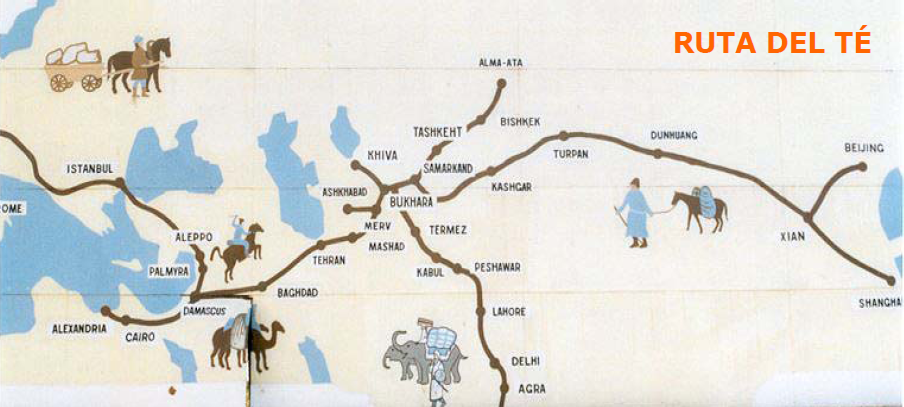
Year 1606
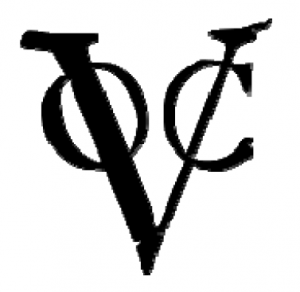
The first shipment of tea reaches Europe. The Dutch East India Company transports the first cargo of tea to Europe.
Year 1635
Tea is now a fashionable drink in Europe. In the main European capitals tea is consumed regularly. A substantial improvement in transport and a reduction in taxes cause the expansion of the tea market. The countries that prefer it for various reasons are England, Holland, Ireland and Russia.
Year 1650
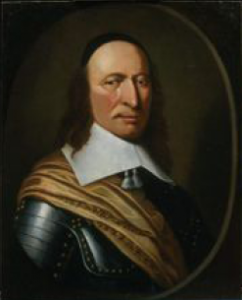
Tea en North America. Governor, Peter Stuyvesant, ordered the first shipment of tea to be sent to the colonists of New Amsterdam, the city that would later become New York. Thus, although expensive due to high tariffs, tea was a very popular beverage among the British who populated the recently established American cities and especially the sophisticated Boston.
Year 1657
The Garraway Cafe, owned by the entrepreneur Thomas Garraway, becomes the first western public establishment to serve tea. Thomas Garraway placed a poster outside his café with a list of the positive effects of the new and exotic beverage: ""Activates the body, relieves headaches and heaviness, cleanses the kidneys and is beneficial for kidney stones, eases breathing, protects against nightmares, alerts the brain and improves memory."" Over time tea was to become not only an absolutely indispensable drink but also a vital part of culture and life in all parts of the British Empire.
Year 1773
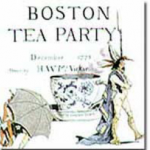
Tea has been the cause of many conflicts, including the American War of Independence, which began with the famous "Boston Tea Party" of December 16, 1773. In protest against the high taxes imposed on tea, a group of settlers, known as the ""Sons of Liberty"", dressed up as Indians and threw overboard a large shipment of tea that was on board some ships of the English East India Company anchored in the port of Boston. The King was furious and retaliated, because apparently tea taxes were intended for maintenance of military garrisons in the colony. The fact is that the Boston Tea Party was one of the events that sparked off of the bloody war of independence.
Year 1820
At 5 o’clock sharp. The start of the English custom of tea at five in the afternoon is attributed to the Duchess Anne of Bedford. Her friends found the new habit very pleasant and timely and it soon spread.
Year 1825
The English tradition says that you have to start with ""Early Morning Tea"" in the early hours of the morning. Then comes the ""Nice Cup of Tea"" during the day, until the sacrosanct ""Five o'clock Tea"". Finally, at night, there is ""High Tea"". In short, the whole day is good for a steaming cup of tea. At this time a number of delicacies were developed to accompany tea: muffins, scones, cakes and various jams to spread on them.
Year 1830
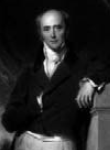
Earl Grey (the most famous scented tea in the world) is said to have been blended by a Chinese mandarin for said personage, who served as British Prime Minister, in gratitude for ending the monopoly of the East India Company.
Year 1867
The English plant tea with high productivity on the island of Ceylon. To begin with they used seeds from China, but later seeds from the Assam plant (India) were used. Up to then, Ceylon had been a major coffee producer but in 1869, when blight destroyed the entire coffee crop, Sinhalese farmers also decided to opt permanently for tea. Today is the third largest tea producing country in the world.
Year 1898
Scientists conclude that the caffeine discovered in 1820 and the theine in 1827 are actually the same alkaloid.
Year 1900
Tea comes to Morocco. In Morocco offering tea is a sign of hospitality; it is considered an art and is the national drink. In the Middle Ages the Arabs introduced the custom of tea in their enormous empire but the reason it has been perpetuated is because the English had difficulty selling large amounts of green tea when the Crimean War left their usual trade routes inoperative and they decided to open their market to the Mediterranean, Tangier and Mogador being their main destinations.
An old proverb says:
A cup of tea is nothingTwo are for the poorThree are okayFour are pleasantFive are forbiddenSix, better than three







